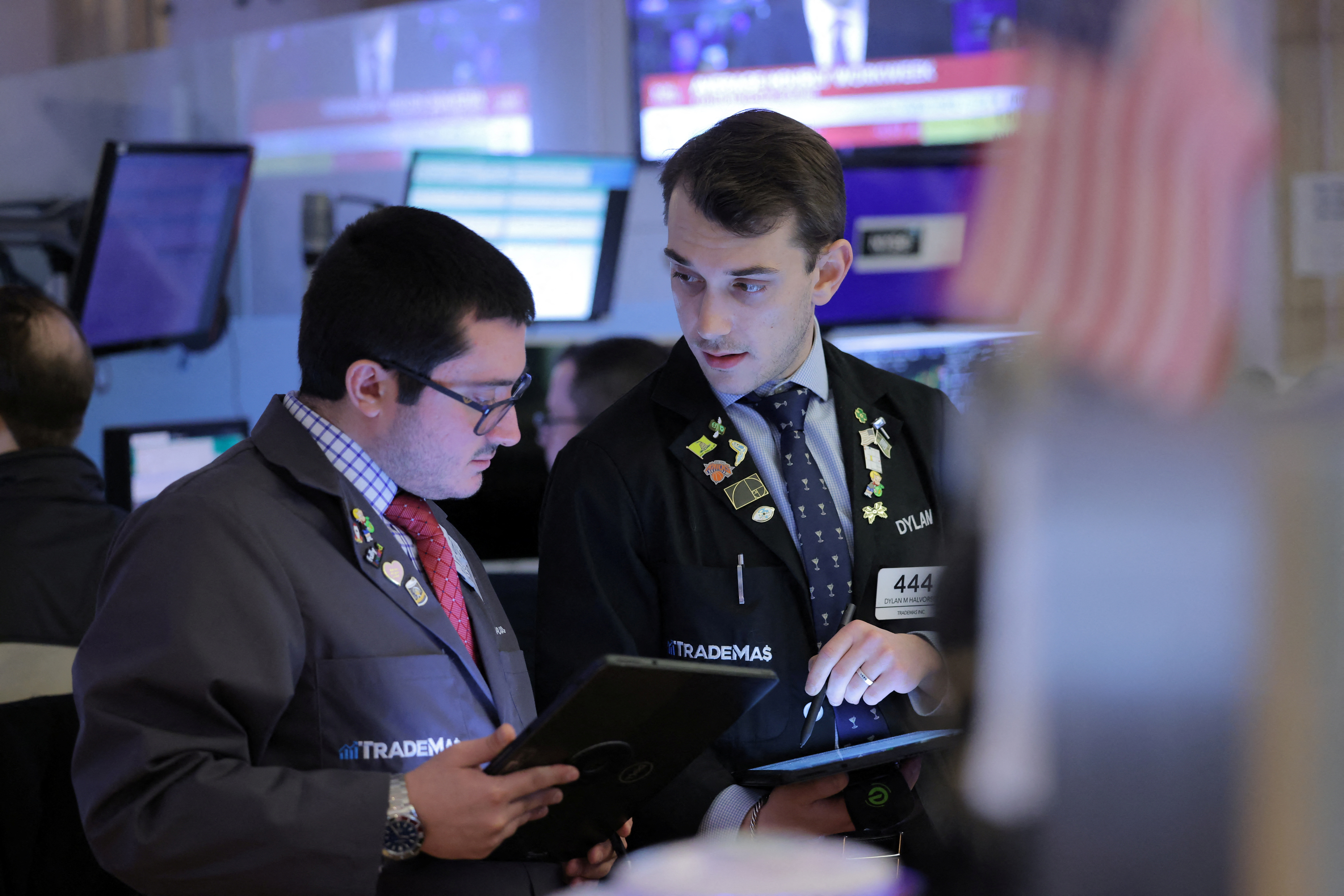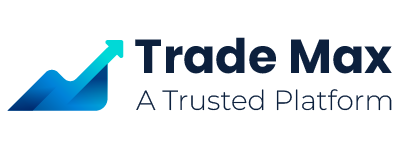U.S. stocks ended lower on Thursday, with the Nasdaq falling more than 1% and technology shares leading declines after a disappointing Salesforce forecast.
Investors also digested data showing the economy had grown slower than previously expected in the first quarter. A separate report showed weekly jobless claims rose more than expected.
Salesforce (CRM.N), opens new tab shares plunged 19.7%, a day after the company forecast second-quarter profit and revenue below Street estimates due to weak client spending on its cloud and enterprise business products.
The S&P 500 technology sector (.SPLRCT), opens new tab dropped 2.5% and was the biggest drag on the benchmark index. The communication services sector (.SPLRCL), opens new tab fell 1.1%, while the rest of the S&P 500 sectors ended higher.
The Commerce Department report showed the economy grew slower in the first quarter than previously estimated, after downward revisions to consumer and equipment spending and a key measure of inflation ticked lower, ahead of Friday’s personal consumption expenditure report for April.
“Normally you’d expect the market to rally off of a downward revision to GDP because it signals the economy is moderating, the Fed’s job is done, we can get rate cuts. That’s not the reaction we’re getting today,” said Mark Hackett, chief of investment research at Nationwide.
“So I’m a little surprised but not that surprised simply because after the six week (rally) that we’ve had, it’s pretty healthy and expected to see some consolidation or sideways move for a while.”
The S&P 500 (.SPX), opens new tab lost 31.47 points, or 0.60%, to end at 5,235.48, while the Nasdaq Composite (.IXIC), opens new tab lost 183.50 points, or 1.08%, to 16,737.08. The Dow Jones Industrial Average (.DJI), opens new tab fell 330.06 points, or 0.86%, to 38,111.48.

Traders work on the trading floor at the New York Stock Exchange (NYSE) in New York City, U.S., April 5, 2024.
U.S. Treasury yields dipped following the day’s data, while chances for an at least 25-basis-point interest rate reduction in September edged up to 50.4%, from 48.7% before the data, according to the CME Group’s FedWatch Tool. Bond yields had hit multi-week highs earlier in the week.
After the close, Dell Technologies (DELL.N), opens new tab shares fell more than 12% as the company reported quarterly results. The stock ended the regular session down 5.2%.
During the regular session, HP (HPQ.N), opens new tab shares jumped 17% after it posted better-than-expected second-quarter revenue.
Tesla (TSLA.O), opens new tab rose 1.5% after Reuters reported the company was preparing to register its ‘Full Self-Driving’ software in China.
Retailer Best Buy (BBY.N), opens new tab shares shot up 13.4% after beating forecasts for quarterly profit, while department-store chain Kohl’s (KSS.N), opens new tab slumped 22.9% after cutting its annual sales and profit forecasts.
Advancing issues outnumbered decliners by a 2.57-to-1 ratio on the NYSE and by a 1.41-to-1 ratio on the Nasdaq.
The S&P 500 posted 14 new 52-week highs and 10 new lows while the Nasdaq Composite recorded 51 new highs and 95 new lows.
Volume on U.S. exchanges was 12.10 billion shares, compared with the 12.39 billion average for the full session over the last 20 trading days.


